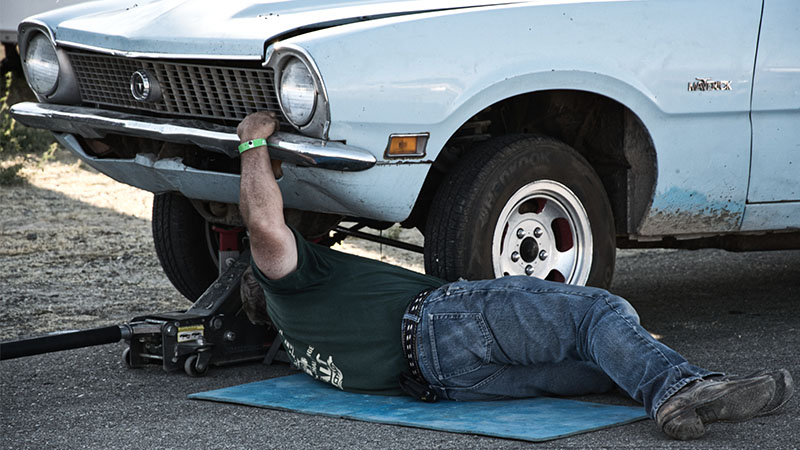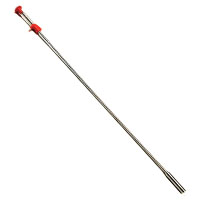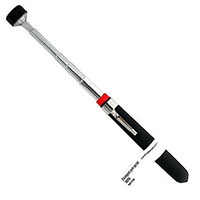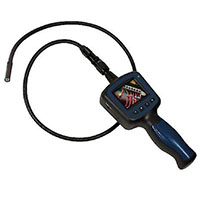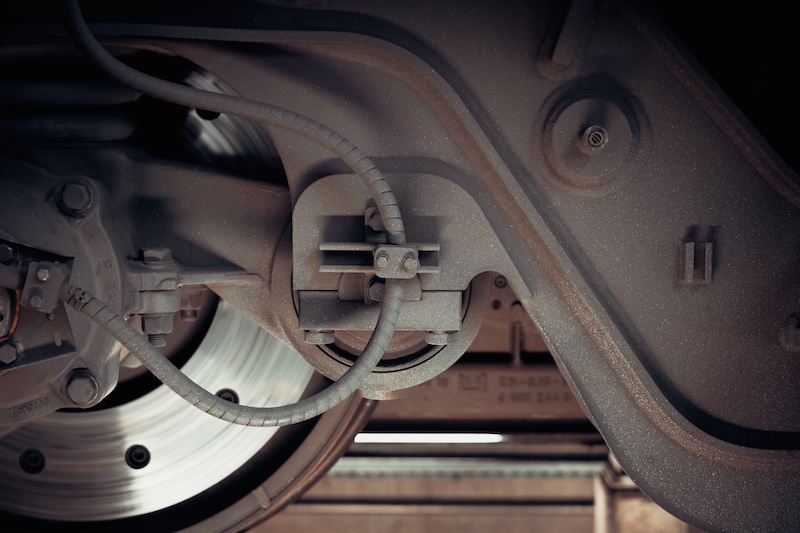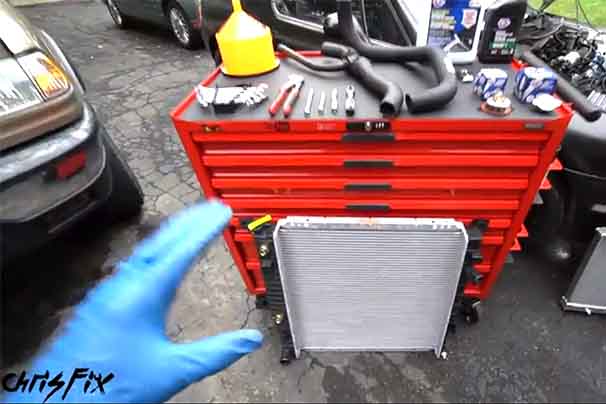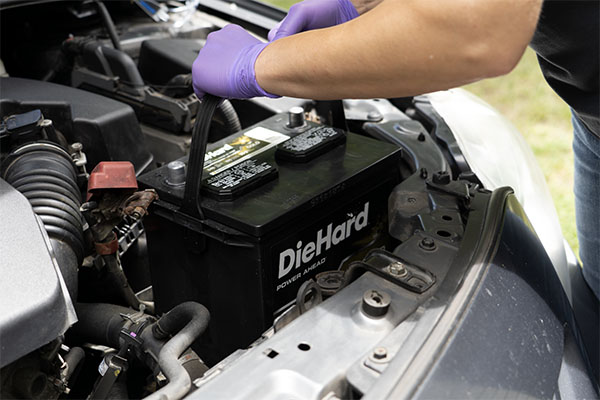You're got the basics covered — wrenches, ratchets, sockets, screwdrivers and even a floor jack and stands. You've put some good hours in turning wrenches on your ride, and you might even still have the busted knuckles to prove it.
So you're in the middle of a job, you've got the alternator, engine cover, serpentine belt, EGR valve plumbing, a bunch of vacuum lines and who knows what else removed. You're in it all the way now, and you're hoping that it'll all come back together the way it was before you started, with no leftover parts.
Then you drop a connector and you can't really see it but you know it's down there and you know it can't stay where it is. This is just one instance where you need a very specific sort of tool, but you don't have it. Thankfully, those specific tools do exist.
If you've turned wrenches much — especially if you've gotten into jobs that are much more involved than an oil change or topping off your washer fluid — you've been in this predicament at some point. That's why the pro mechanics have some strange tools that serve very specific purposes. Here's a rundown of some specialty tools we think you really ought to have in your toolbox:
1. Retriever claw
Press a button and three fingers spread out at the end of this tool, enabling you to grab something from a really hard-to-get spot. Other variations on the retriever claw (aka "parts grabber") might have a longer shaft, or a flexible gooseneck-style shaft that lets you snake it around to those impossible places, behind things and under other things.
2. Magnetic pickup tool
Same sort of idea, except with a strong magnet on the end. This particular tool's magnet is strong enough to pick up eight pounds; of course, it won't do you much good if the part you're going after is plastic or aluminum or alloy, but that's the retriever claw tool mentioned above is for.
3. Inspection mirror
You know that mirror that the dentist sticks in your mouth to get a good look at an area of your teeth or gums that can't be easily see otherwise? Same idea. An inspection mirror can be stuck down below, behind, under or above other assemblies to help you get a look at damage or a loose part. Or maybe to help you find that connector you're trying to pick up with your new retriever claw.
4. Punches and chisels
They might seem like caveman tools for rough work, but they've got their place. A hardened-steel punch is just the thing for putting a hole in something where you can't use a drill, for instance. Chisels, on the other hand, can be great for shearing something off, removing some metal or all kinds of tasks where appearance isn't the most important thing. Remember that the steel of a good chisel is harder than the metal you're working on, and something like a cape chisel or cutter chisel can be a big help in certain situations.
5. Funnel set
Ever tried to add transmission fluid when the dipstick tube is tucked way back behind things? You could try cutting off the top of a jug and using that for a funnel or taking some thin cardboard and making a cone out of it for a funnel but those solutions rarely work, what you actually need is a funnel set. One with an extra-long, extra-thin neck, can really help you out in tricky situations.
6. Long Reach Pliers
Sometimes you've gotta be able to hold a part while you're doing something to it, or you need to get a little help pulling off a hard-to-get-to wiring pigtail. That's when long reach pliers (and not just longnose or needlenose like an electronics tech might use) can be really handy. You need something that can deliver some real grip, and possibly has a side cutter at the base as well. It's a lot better to have it in your toolbox and not need it rather than need it and not have it... but chances are you're going to need it and use it way more than you might think. And of course that's not even thinking about specialty tools like snap ring pliers or brake pliers.
7. Inspection camera/borescope
Ever wanted to see what the inside of a cylinder looks like, or felt like you needed to check out the piston crown, piston walls and valves? Maybe you're working on an engine with a broken timing belt and need to see if the valves are mangled and bent? That's the kind of thing where a borescope is really handy, giving you a chance to look at things without having to disassemble them. A good inspection camera will have a flexible probe and LED light source as well, and can store the footage to a card or display it on a TV screen.
8. Stubby wrenches
No, you can't get a lot of leverage with a stubby wrench, but sometimes you need a wrench that can get into spots that other wrenches can't. A ratcheting box end on a stubby wrench can be even more of a bonus when you're working in a tight spot and don't want to remove that box end so you can spin that nut or bolt eight degrees. Just remember to push it with the heel of your hand, without wrapping your whole hand around it... you know, just in case it slips.
9. Creeper
Nobody really likes working under vehicles. It's uncomfortable and dirty, often with road grit or globs of coagulated oil dropping into your eyes. If you've ever scooted around under a vehicle with just a sheet of cardboard between you and the driveway, you know how important a creeper is. A good creeper will reduce fatigue and make any job under a vehicle go at least a little easier. Some creepers can even quickly go from creeper to roll-around seat, which is as handy for brake work as a creeper is for exhaust work.
10. Tubing cutter
Chances are at some point you've used a hacksaw to cut through metal, and ended up with something that was rough, uneven and nasty. Same thing if you're under a vehicle and have to cut through exhaust pipe with a Sawzall - you're going to have a pipe end that looks like it was worked on by a Cro-Magnon man. A tubing cutter is the clean way around this problem. You might not end up with something that looks like it was done by a machinist, but it'll give you a clean and even enough tubing end for, say, brake line work (even if you have to do a little cleanup and deburring afterward).
What specialty tools do you keep in your toolbox? Let us know in the comments below!
